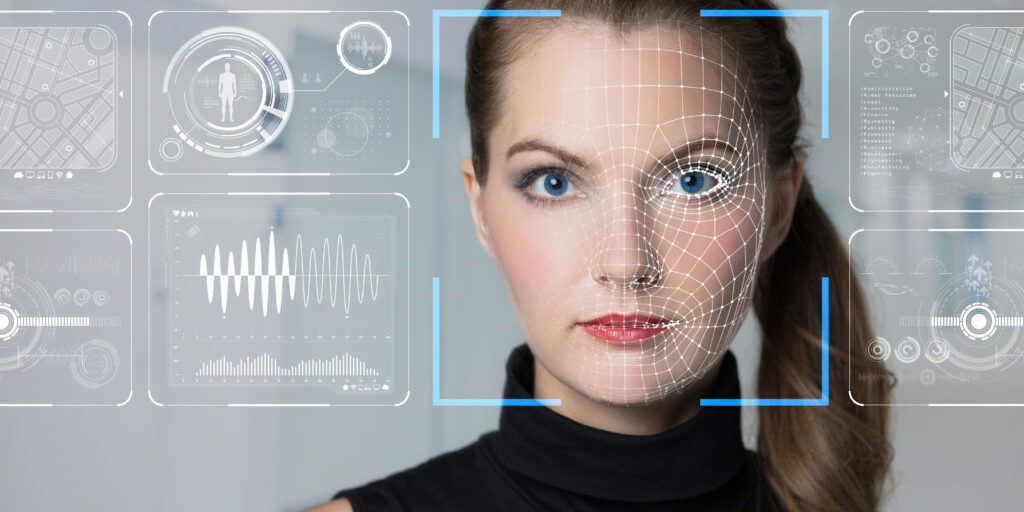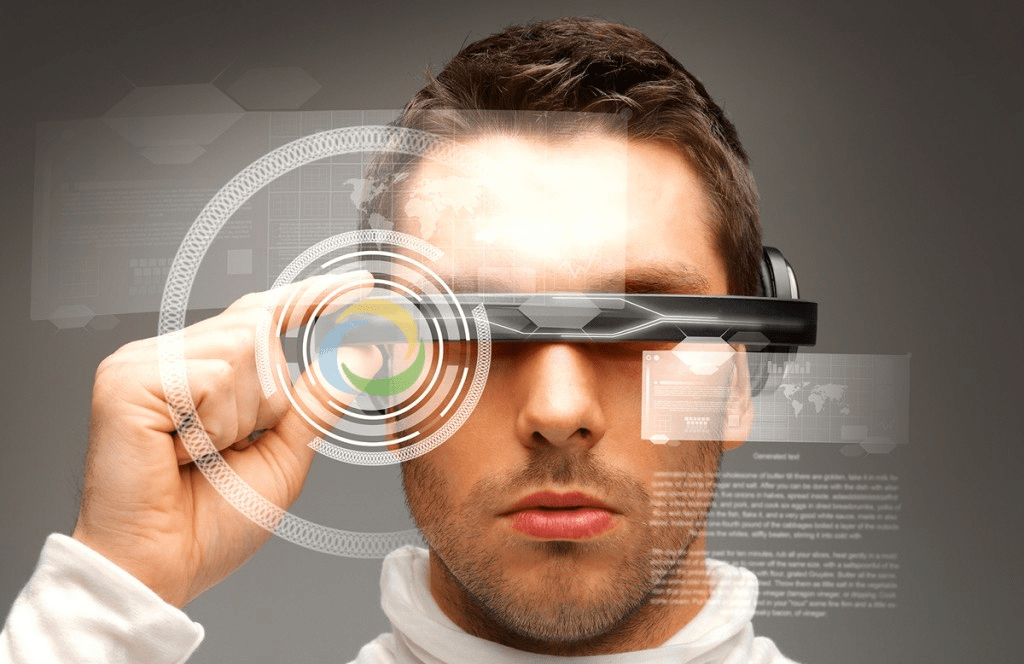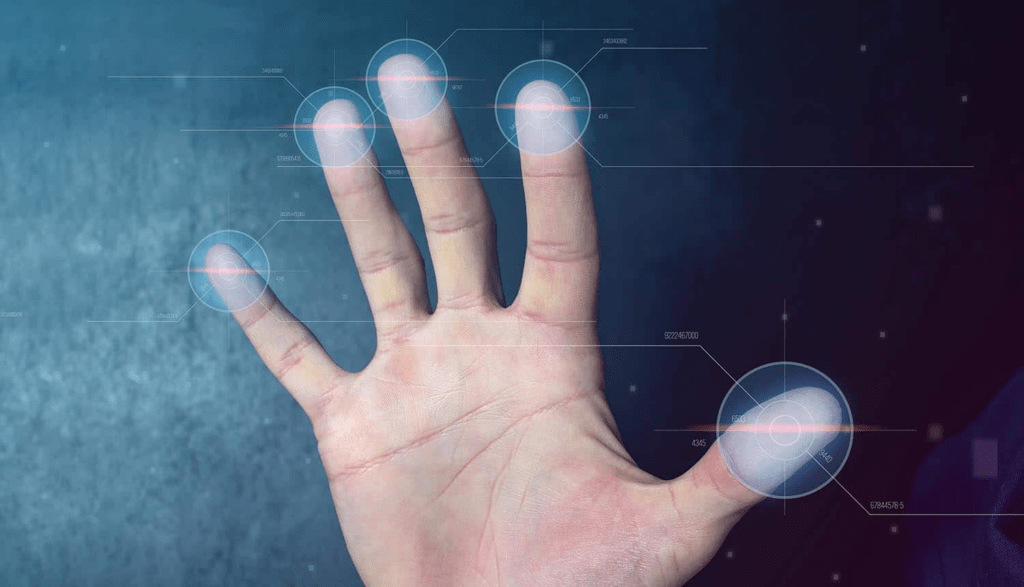
3 Sectors that Benefited Most from Identity Management Software
The pace at which modern technologies advance is nothing short of impressive. Companies are able to gather and analyze more information and generate actionable insights of better quality. That said, these technological improvements come with great security risks to corporations and businesses of all sizes, including, but not limited to massive data breaches, identity theft, phishing, and online fraud. One example is an IAM solution, which all organizations should be using.
More companies are now investing in identity and access management systems (IAMs) as the threat of data breaches and other security vulnerabilities grow alongside the rapid evolution of technology. According to a 2019 MarketWatch article on Identity and access management market growth, enterprises are extremely concerned with the increasing occurrences of cyberattacks. This fear is one of the major drivers that will push the global adoption of the IAM solutions across major verticals.
Research data from the same report suggested the identity and access management software market will grow from a $10.41-billion sector in 2018 to a huge and thriving industry worth $24.52 billion by the end of 2025. That’s an astonishing 13.02% CAGR, a clear indication that businesses and industries are now taking IAM and its purpose seriously.
Leading the way for a large-scale identity management software solution and implementation are the following industries:

1. Banking, Insurance, and Financial Services
Banks and financial institutions will always remain prime targets for hackers or foreign agents gathering intelligence. Within the servers, systems, and applications of businesses in this sector are troves of data that are worth a lot of money. The implementation of identity and access management solutions is, and should be, absolute.
The recent data breach of Capital One is a major lesson in keeping up with existing and potential security threats. The attack affected more than 100 million American clients. Sensitive information including credit card limits, credit scores, home addresses, bank account numbers, and Social Security numbers were exposed.
New threats are looming on the horizon for the banking industry. Vulnerabilities within bank processes, such as the SS7 telecommunication protocol, are being exploited. ATM malware like FASTCash and ATMJackPot are embedded in switch servers. These malware programs then generate a false message that circumvents security protocols and authorizes fraudulent ATM withdrawals.
In addition, phishing also remains a constant threat. Fraudsters send bank clients with seemingly legitimate emails and other communications designed to steal customer’s credentials, credit card numbers, and other sensitive data.
While big banks in the First World countries have comprehensive identity and access management systems capable of detecting a potential data breach, banks in developing countries like India and Pakistan do not enjoy such luxury. Closing the wide gaps in their data security is a major concern, a huge issue the entire banking industry needs to address and resolve fast.
2. Healthcare organizations need IAM solutions
Hospitals, clinics, medical research facilities, and other healthcare organizations are tasked by law with safeguarding protected health information (PHI). PHI includes a throng of sensitive data, such as:
- basic patient information
- medical record numbers
- social security numbers
- health insurance beneficiary numbers
- vehicle identifiers
- device identifiers
- equipment serial numbers, and more.
Such information is so valuable that it’s worth 10 times the price of financial data in the dark web/black market. The healthcare sector is worth $3 trillion, making every medical practitioner, healthcare insurance provider, and hospital network an immensely appealing target for data thieves who like to steal information for a handsome ransom.
With stolen information, hackers can not only shut down critical services and systems but can increase life-threatening risks, even deaths, among cardiac patients. According to a 2019 study by Vanderbilt University, 311 of over 3,000 hospitals across the United States experienced data breaches from 2012 to 2016. The affected hospitals saw their cardiac mortality rates increased by as much as 36 deaths in 10,000 heart attacks per year.
Cyberattacks on the healthcare industry
Researchers pointed out that the recovery time after the data breach was too significant and that the additional deaths have been a consequence of the delayed delivery of ECG treatment by 2.7 minutes after a breach. In most cases, the fraudsters are not people from outside the industry. The majority of cyberattacks on healthcare organizations are founded by their own employees, business partners, and associates. In fact, only financial institutions experience a greater rate of cyberattacks and data breaches. The value of identity and access management in the healthcare industry can never be overstated.
A comprehensive identity management solution for a healthcare organization includes an array of powerful features like multi-factor authentication, single sign-on, social login, and OpenID Connect protocol. Most important of all, IAM solutions tailored for healthcare institutions and practitioners must comply with EU-US Privacy Shield Framework and HIPAA regulations.

3. Telecommunications
People had one phone and one phone number. Modern technologies such as the Internet and cloud computing now allow users to connect and communicate almost instantly. Then they can switch from one device to another effortlessly.
Today, it’s not rare to see a person who owns at least one smartphone and one computing device (laptop/desktop). According to real-time data gathered by GSMA Intelligence, more than 5.15 billion people own a mobile device. Meanwhile, 3.3 billion users use at least one smartphone.
While it may sound thrilling to both consumers and telecom service providers, the latter has to address existing data security challenges and meet new ones head on as demand continues to grow. And it’s not just communication. People are constantly raising their expectations for faster video streaming services, seamless app functionality, and unhindered web browsing.
Also, telecommunications companies have to meet performance and uptime guarantees as stipulated in their SLAs and operate in compliance with 3GPP specifications, the mobile network standard for above and beyond 3G.
2FA and IAM in Telecom
Because communication and other transactions via mobile, cloud, and digital channels contain sensitive information, the adoption of digital identity software solutions and access management platforms is imperative. Identity and access management for telecommunications handle two core issues: authentication and authorization.
Authentication is the overall process that verifies the identity of the person requesting access. Authorization, on the other hand, determines the services the user has permissions for.
The modern IAM solution and system for telecommunications can authenticate and authorize hundreds of millions of users simultaneously. This provides them with rapid and secure access to services and capabilities like video calls, video streaming, and more.
Also, telecom companies are required by law to ensure no user information shall be given to external parties without consent. Mobile IAM solutions help telecoms safeguard their information and keep their customers and their data intact and stored in private.
Why Your Business Needs IAM
The world is now operating in a digitally-enabled landscape where data security is paramount. Identity and access management has become a crucial component in any enterprise security plan. That means IAM has a direct affect on productivity.
Hackers are constantly getting more innovative and creative in stealing user credentials. Then they can get inside an organization’s network and steal their information assets. With identity management, enterprises can secure their information from serious threats including malware, hacking, ransomware, and phishing.
Aside from protecting the organization’s data, IAM systems have proven to increase overall productivity across the entire organizations. Given the advantages it brings to the big picture, there’s little reason not to invest in modern IAM software solutions.
Consult an IAM solutions expert or software provider today. You may also want to check the best security software solutions ranking to see if your security systems are up to date and up to the task. IAM is a crucial aspect of any solid cybersecurity setup.
See GateKeeper Enterprise advanced MFA in action.
Take a self-guided tour of how you can evolve from passwords. Then you're really saving time with automation.




